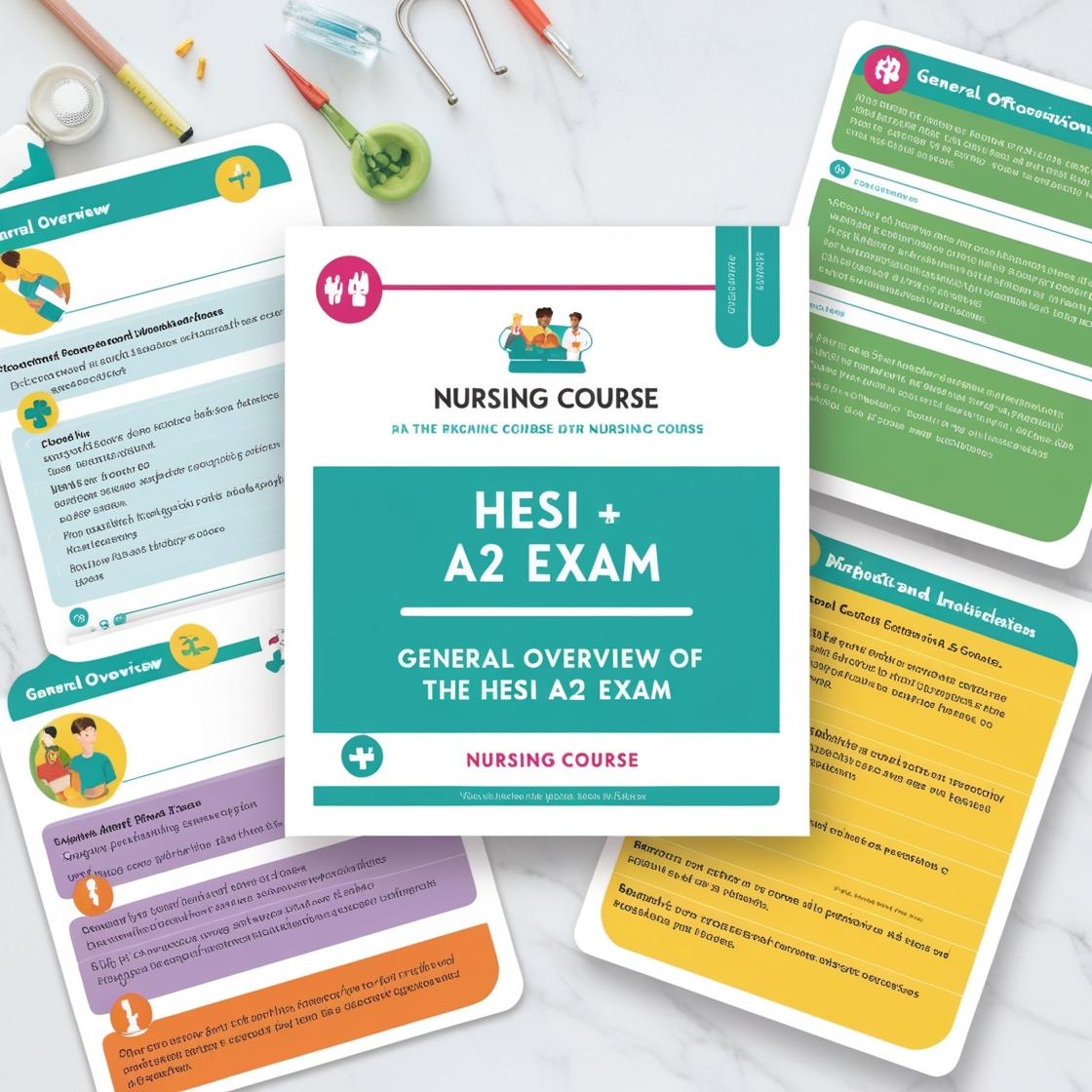HESI A2
HESI A2 Reading Comprehension V1 2024
1. What is a major difference in the way baroreceptors and chemoreceptors work from the way the kidneys work?
- A. Baroreceptors and chemoreceptors send impulses from the arteries, while the kidneys control blood volume.
- B. Baroreceptors and chemoreceptors both work to help maintain blood volume, whereas the kidneys take care of salts, water, and waste removal.
- C. Baroreceptors and chemoreceptors must work together to control blood pressure, whereas the kidneys work with the adrenal cortex.
- D. Baroreceptors and chemoreceptors are both located near the adrenal cortex, whereas the kidneys are located near the heart.
Correct answer: A
Rationale: The correct answer is A. Baroreceptors and chemoreceptors send impulses from the arteries, while the kidneys control blood volume. Baroreceptors and chemoreceptors are responsible for monitoring blood pressure by sensing changes in pressure, oxygen levels, carbon dioxide levels, and pH within the arteries. They send out impulses to raise or lower blood pressure accordingly. On the other hand, the kidneys play a crucial role in regulating blood volume by absorbing salts and water and removing waste products. This key difference highlights that while baroreceptors and chemoreceptors are involved in monitoring and regulating blood pressure, the kidneys primarily focus on controlling blood volume. Choice B is incorrect because it inaccurately states that baroreceptors and chemoreceptors help maintain blood volume, which is not their primary function. Choice C is incorrect as it provides an inaccurate comparison between the roles of baroreceptors, chemoreceptors, and the kidneys. Choice D is incorrect as it wrongly associates the location of baroreceptors and chemoreceptors with the adrenal cortex, which is not accurate.
2. What is the meaning of the word 'composed' in the first paragraph?
- A. To consist of
- B. To be uniquely discovered
- C. To be set apart
- D. To be surprised
Correct answer: A
Rationale: In the context provided, 'composed' means to consist of. The paragraph explains that a drop of water is composed of an oxygen atom and two hydrogen atoms. Therefore, the correct answer is A. Choice B, 'To be uniquely discovered,' is incorrect as it does not relate to the composition of a drop of water. Choice C, 'To be set apart,' and Choice D, 'To be surprised,' are also incorrect as they do not convey the meaning of 'composed' as it is used in this paragraph.
3. What is the meaning of the word 'pathogens' as it is used in the first paragraph?
- A. diseases
- B. vaccines
- C. disease-causing substances
- D. foods
Correct answer: C
Rationale: In the context provided, 'pathogens' refers to disease-causing substances such as bacteria and viruses. These microorganisms can contaminate food and lead to foodborne illnesses. Choice A ('diseases') is incorrect as pathogens themselves cause diseases but are not diseases. Choice B ('vaccines') is incorrect as vaccines are used to prevent diseases caused by pathogens. Choice D ('foods') is incorrect as pathogens are not foods, but rather contaminants that can be found in food.
4. What are the three steps of the 'wave of excitation'?
- A. The discharge from the SA node, the peak ECG, and the excitement of the ventricle.
- B. The excitement of the ventricle, the relaxing of the ventricle, and the systemic neural response.
- C. The contraction of the atrium, the relaxation of the atrium, and the contraction of the ventricle.
- D. The excitation of the atrium, the excitement of the ventricle, and the relaxing of the ventricle.
Correct answer: D
Rationale: The correct steps of the 'wave of excitation' are the excitation of the atrium, excitement of the ventricle, and relaxation of the ventricle. In the described process, the 'wave of excitation' starts with the discharge from the SA node, leading to the excitation of the atrium. Next, the peak ECG corresponds to the excitement of the ventricle, not its relaxation. Finally, the wave concludes with the relaxation of the ventricle, not its contraction. Therefore, choices A, B, and C are incorrect as they do not accurately describe the sequential steps of the 'wave of excitation' as presented in the extract.
5. Which statement is not listed as a detail within the passage?
- A. Changes in the ECG are typically used for the diagnosis of abnormal cardiac rhythm.
- B. The signal has a characteristic record called the electrocardiogram.
- C. The 'wave of excitation' starts at the SA node.
- D. The 'wave of excitation' spreads through the heart wall and is accompanied by electric changes.
Correct answer: A
Rationale: The corrected statement should be: Changes in the ECG are not typically used for the diagnosis of abnormal cardiac rhythm. The passage mentions that the heart sends out electric currents in waves, and the 'wave of excitation' spreads through the heart wall accompanied by electric changes. It details the process of how the heart's electric impulses are recorded and how abnormalities can be detected. However, it does not state that ECG changes are specifically used for diagnosing abnormal cardiac rhythms. Choice A is the correct answer because it misrepresents the information provided in the passage. Choices B, C, and D are all supported by the passage and align with the details mentioned regarding the electrocardiogram and the wave of excitation in the heart.
Similar Questions

Access More Features
HESI A2 Basic
$99/ 30 days
- 3,000 Questions with answers
- 30 days access @ $99
HESI A2 Premium
$149.99/ 90 days
- Actual HESI A 2 Questions
- 3,000 questions with answers
- 90 days access @ $149.99
